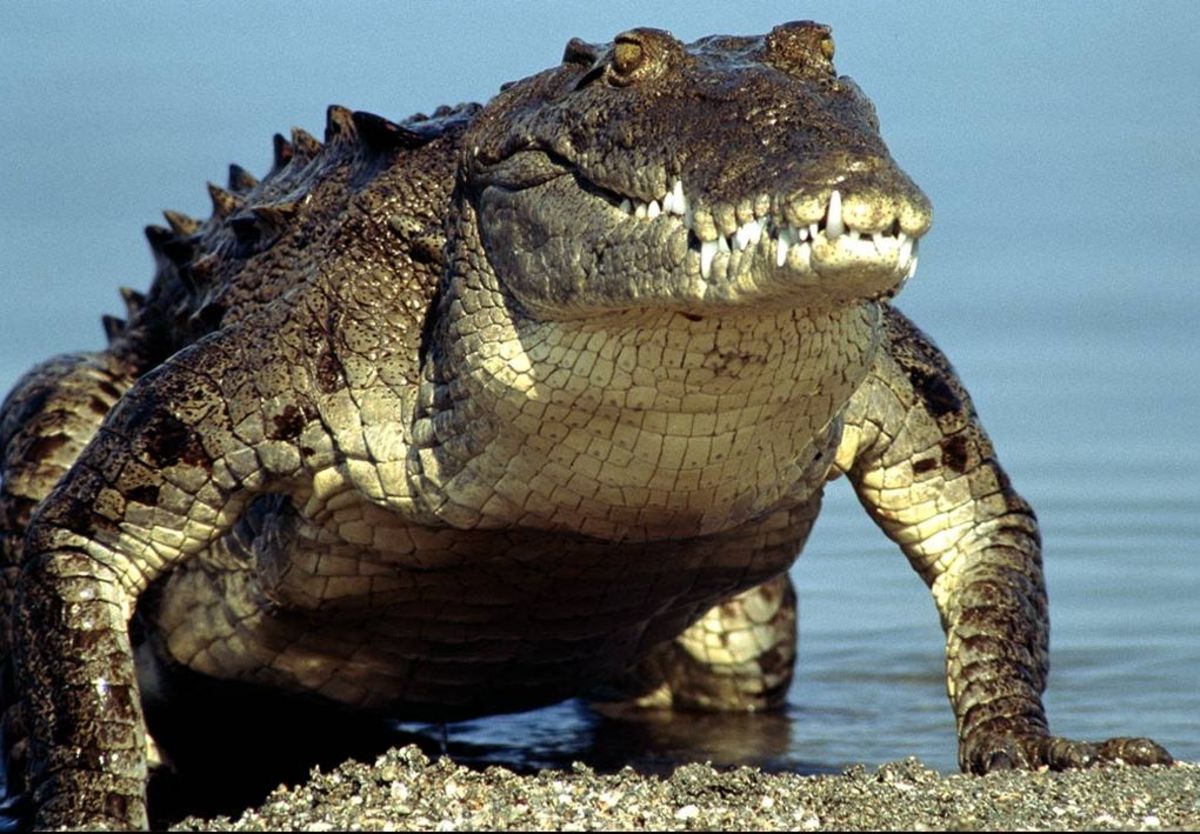Most invasive Fish Species
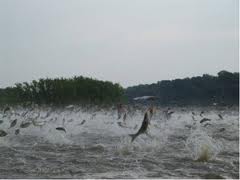
Invasive Fish
Non-Native and Invasive fish have been taking over rivers all over the world. They multiply fast and set the ecological balance way off. They pose a threat to many fish species, taking over their habitat and driving them to near-extinxtion. They thrive with no species to threaten them and adapt to conditions easily. Millions of dollars have gone to stop this problem...but will it be solved in time?
Have we let it go too far?
Silver Carp
Silver Carp is native to Asia and they are now tanking over many rivers in America, including the Mississippi River. They are very abundant from Lousiana to South Dakota and Illinois.
In some parts there are so many of them it is as if they are in 'swarms'. If disturbed or injured they jump out of the water in masses, posing a threat to people on the boat. In some cases they have knocked into people and injured them (even breaking bones), sometimes knocking them out of the boat. They can reach 40lbs and jump 10ft in the air. You don't need a rod to catch theese fish- they jump on the boat for you!
Silver Carp are filter feeders. They have a filter around their gills which allows them to take in small particles such as plankton or algae. They compete with plankton-eating North American fish for food.
How did these fish get to America? In the 1970's they were kept in watewater management areas to control algae growth. They soon escaped and multiplied. This could have dangerous effects on the environment and the native fish species.

Nile Perch
The Nile Perch is a huge fish Native to the Nile River in Africa. It is now taking over Lake Victoria in Africa. This fish is now on the list of the world's 100 worst invasive species list.
The Nile Perch can eat anything from fish to crustaceans. They can grow huge, weighing around 440 pounds. This fish is a huge commercial source as a food fish and a sport fish.
In the 1950's this fish was released into Lake Victoria, a home of endangered cichlids and other cichld species. This fish has eaten many cichlids and led some to the brink of extinction. Now with decreasing populations of cichlids it is forced to eat mostly minnows and shrimp.
Commeercial fisheries have been set up all over lake Victoria- aiming to catch Nile Perch. Fisheries have put many locals out of traditional occupations.
This is one of the worst alien species, and it has lead to horrible consequences.
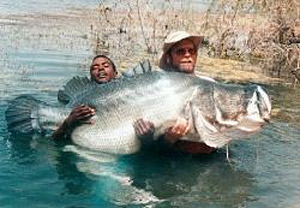
Goldfish
A Goldfish is probably the last fish you would think to be an invasive species. They are native to and can now be found from America to Europe.
These fish are highly adaptable and 'hardy' coldwater fish. They are commonly believed to live in tiny bowls- which is horribly wrong. Given the chance Goldfish can grow to be a foot long. When people realize they have a too-big fish on their hands they release it into ponds. In ponds they can quickly adapt and breed.
I remember when I was very young I saw about 20 goldfish swimming in a pond in Nebraska. They were right at the surface and bright orange. They weren't native, so someone must have released them. They weren't dead and seemed to be okay.
Goldfish do not pose a threat now but we always need to be on the look out and be aware of them as a invasive species.
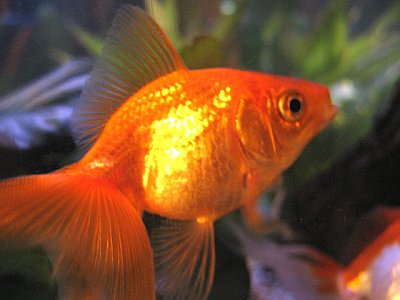
Northern Snakehead
The Northern snakehead is native to Thailand but now reproducing populations of snakeheads have now been discovered in Maryland, California, and Florida. Individual fish have also been caught in Maine, Massachusetts, Rhode Island and Hawaii.
Somehow these fish have been released into the wild. They were most likely released because people in the pet-trade did not want them. It is highly aggressive fish and will attack anything. It is even known to attack humans in rare cases.
This fish poses a huge threat to eco-systems in America. It eats many native species of fish and it can also eat rare mammals, snakes, and frogs. It has a special organ, the labrynth organ, which allows it to 'gulp' and breathe air from the surface of the water. Some say it can even crawl on land.
We need to watch out for snakeheads taking over. There are many different species. They range from being able to live in cold water to tropical waters.
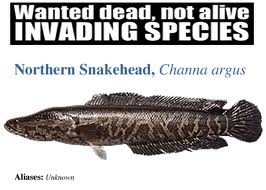
Never release any animal into the wild. It is illegal to do and the animal with either die quickly or possibly become an invading species.



